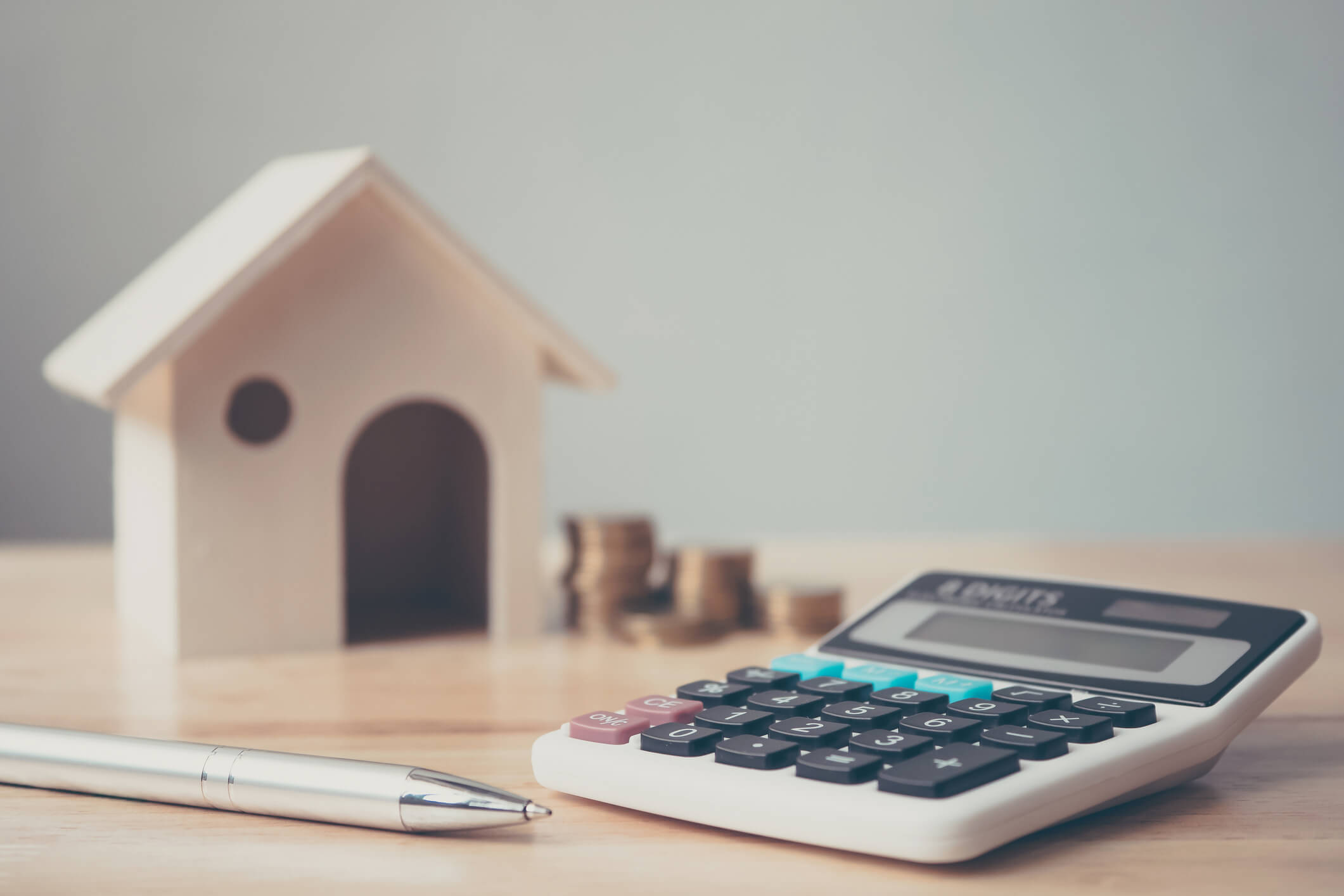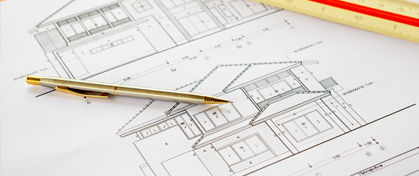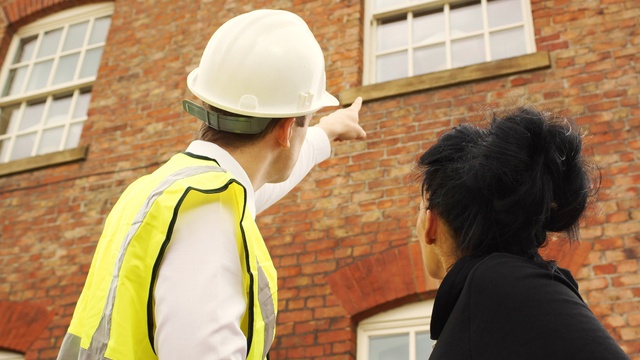Noticed mysterious cracks appearing in your walls? Your home might be facing subsidence. Subsidence happens when the ground beneath a home moves or shifts. This movement can weaken the foundations of your property and might happen slowly over time or quite suddenly.
Let's look at what causes it, how to spot it, and what you can do about it.
Why does subsidence happen?
Several things can cause the ground to move under your home:
- Tree roots growing near your house can disturb the soil or drink up too much water
- Leaking pipes can make the ground too wet
- Long dry spells can shrink the soil
- The ground wasn't properly prepared before building
- Old mining areas might have empty spaces underground
Homes built on clay soil face a higher risk. Clay holds lots of water—up to a third of clay soil is water! When this dries out, the soil shrinks quite a bit.
How to spot the signs of subsidence
You probably won't feel the ground moving, but you might notice:
- Diagonal cracks in your walls, especially where walls meet ceilings
- Cracks around doors and windows
- Doors and windows that suddenly become hard to open or close
- Lumpy wallpaper for no obvious reason
Check both inside and outside your home for these signs.
It's worth knowing that small vertical cracks often appear in new homes as they settle. This is normal, but if you're worried, it's always best to ask an expert.
What happens if your home has subsidence?
How serious subsidence is depends on how bad the movement is. Small cracks that you can easily fill might not cause lasting problems, though it could happen again.
More serious signs include:
- Large cracks in walls
- Sloping or uneven floors
- Your house looking visibly crooked
Left untreated, serious subsidence can make your home unsafe to live in. It will also lower your property value, as buyers will either want the problem fixed or will offer less money.
How to prevent subsidence
You can take steps to reduce the risk of subsidence affecting your home:
- Plant trees and large shrubs at least 5-10 metres away from your property
- Regularly check and fix leaky pipes and drains
- Consider a root barrier if you already have trees close to your home
- Keep gutters clear to prevent water flowing toward your foundations
- During very dry spells, water your garden to stop the soil from drying out too much
If you live in a high-risk area (like on clay soil), a structural engineer can advise on additional prevention measures for your specific property.
How much does it cost to fix?
Fixing subsidence can be costly, but don't worry - many cases aren't severe. In serious cases (about 1 in 10), your home might need underpinning—strengthening the foundations to stop further movement. During this work, you might need to move out temporarily.
Your buildings insurance may cover damage caused by subsidence but usually won't pay to prevent it happening again. Check your policy carefully to see what's covered.
Understanding subsidence surveys
If you're thinking about buying a property or just want peace of mind:
- A basic homebuyer's survey might spot signs of subsidence
- For more detail, you'll need a full structural survey
- A specialised subsidence survey looks closely at soil conditions and drainage
These detailed surveys cost £400-£800 but can save thousands in the long run.
Always get a proper house survey if you're buying in an area known for subsidence problems.
How subsidence affects your insurance
Subsidence can impact your home insurance through higher premiums and excesses (often £1,000+). Some insurers might refuse to cover properties with previous subsidence issues. Always declare past problems when taking out a new policy. Specialist insurers can help if you're struggling to find cover.
What should you do if you spot signs of subsidence?
If you think your home has subsidence:
- Contact your insurance company right away
- They'll help you work out what's causing the problem
- This might mean monitoring your property for a while
- Once the cause is found, you'll get advice on fixing it
Solutions might include:
- Removing nearby trees and their roots
- Checking and fixing drainage problems
- Underpinning the foundations in serious cases
Always get expert help with subsidence—it's not a problem you can fix yourself, but with the right support, it can be managed successfully.
Fiona is a personal finance writer with over 7 years’ experience writing for a broad range of industries before joining Ocean in 2021. She uses her wealth of experience to turn the overwhelming aspects of finance into articles that are easy to understand.
![Email icon]()
Become a money maestro!
Sign up for tips on how to improve your credit score, offers and deals to help you save money, exclusive competitions and exciting products!
Find this useful? Share it with others!









